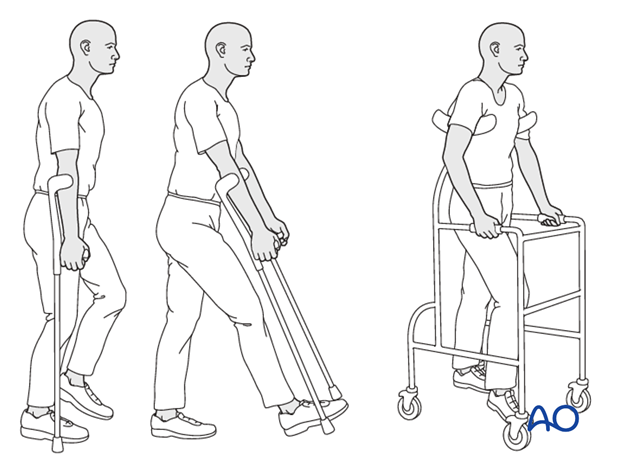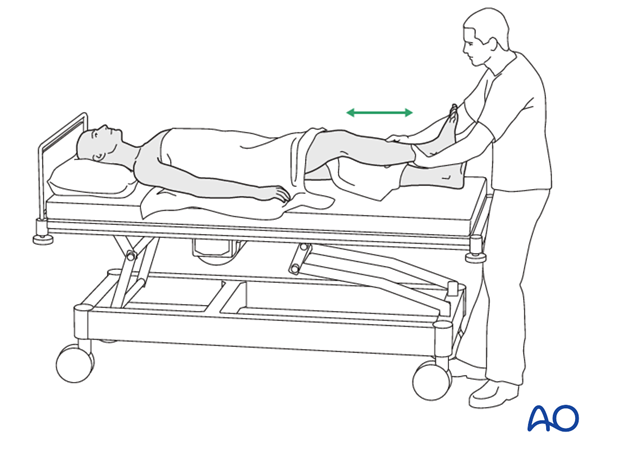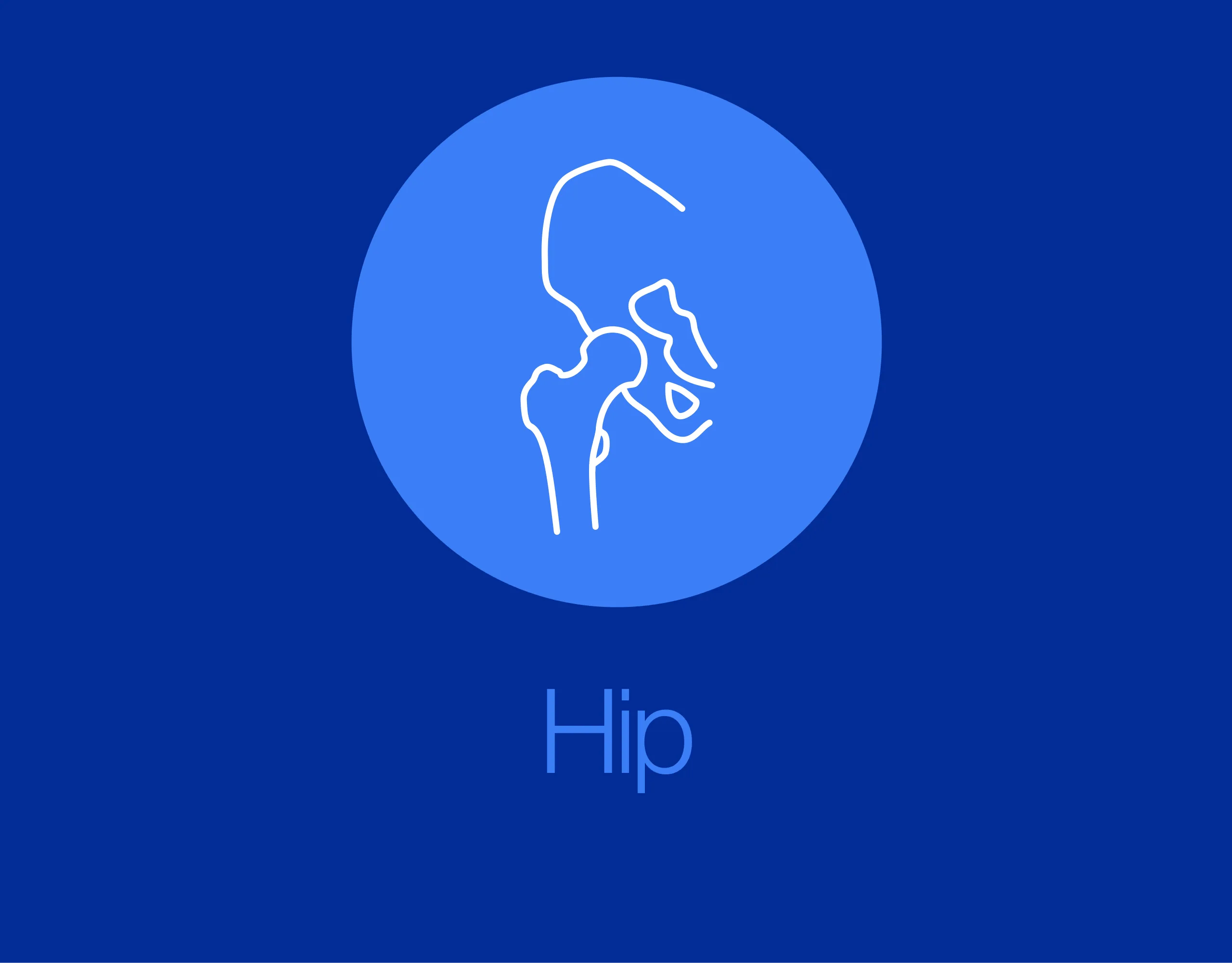Nonoperative treatment
1. Introduction
Acetabular fractures are articular fractures, and are treated under the principles of anatomical reduction, stable internal fixation, and early mobilization.
However, nonoperative treatment is relatively common for fractures in patients with increasing age and poorer quality bone.
It may represent an active choice for the start of a treatment strategy that includes a total hip replacement as a delayed procedure.
Nonoperative treatment should still include closed reduction of a dislocated hip and is a poor option in the presence of retained bone fragments.
2. Treatment
Aftercare and rehabilitation
Patients are allowed to mobilize with crutches or a walker, as soon as pain allows, touch weight bearing for 8 weeks. A repeat x-ray should be taken at one week post injury to ensure no unexpected displacement of the fracture has occurred.
Venous thromboembolism (VTE) prevention should be undertaken.
Full weight bearing should be possible at 6-8 weeks.

Functional therapy
Passive assisted and active range of motion are encouraged from the very beginning.

3. Aftercare
For further details about aftercare and rehabilitation following nonoperative treatment please refer to your local protocol.













